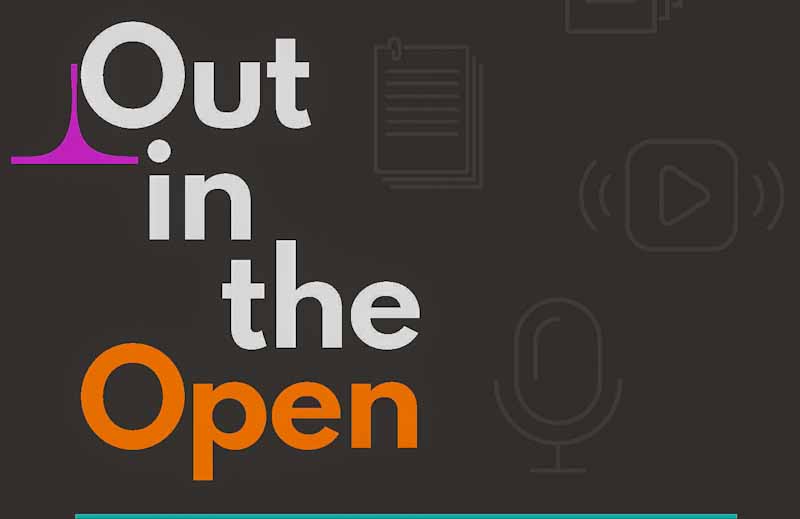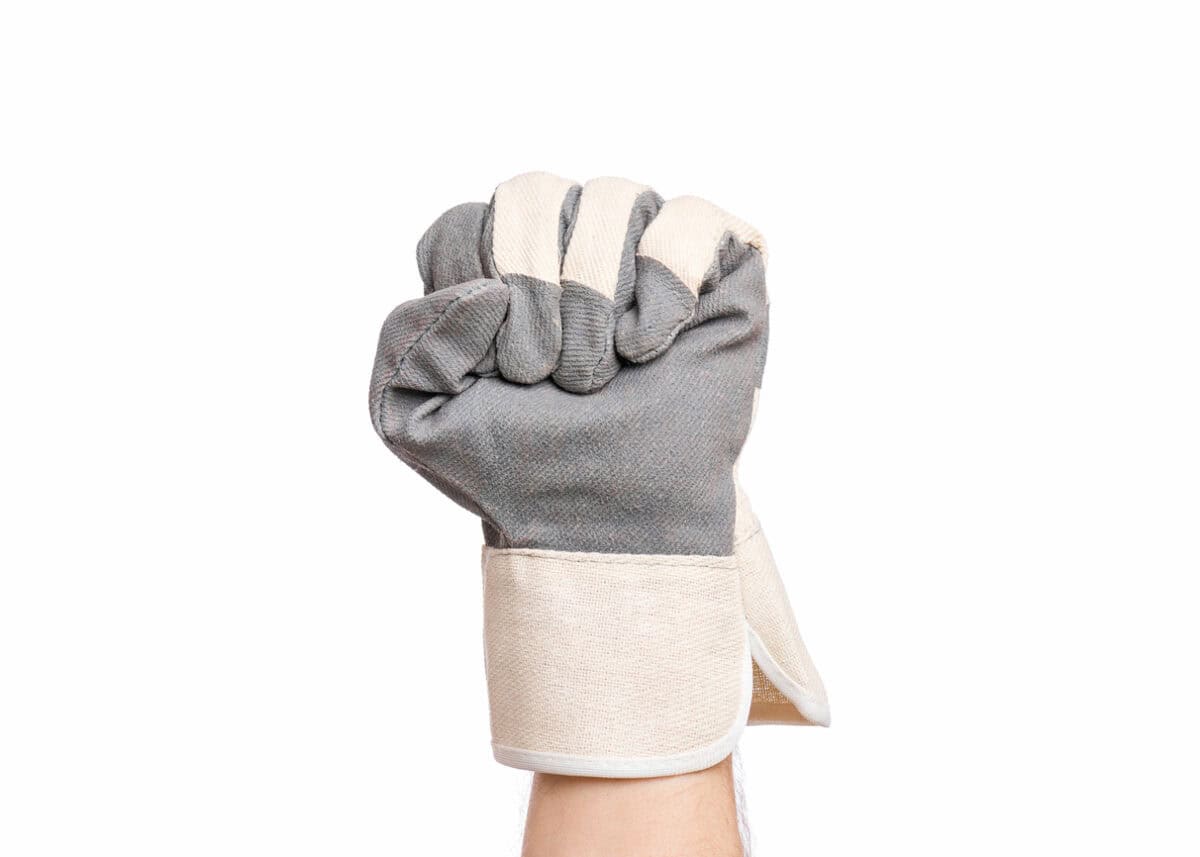Over the last few weeks, the media has been reporting on legal action taken by Blake Lively over accusations of sexual harassment on the film set of her movie “It Ends With Us”. The focus has been on the allegations of post-incident public relations manipulation, but this is obscuring the primary cause of the legal action – sexual harassment.
Category: Professional standards
Significant workplace culture investigation but OHS missed again
Australia’s news media is reporting a shocking report about the workplace culture of parts of the Nine Entertainment organisation – bullying, sexual harassment, abuse of power – all the elements of organisational culture that can be found in any company if one scratches the surface. Scratching is one of the aims of the occupational health and safety (OHS) discipline – investigating the causes of harm at the source.
Broadening the OHS perspective
Over the last decade, the occupational health and safety (OHS) profession has been challenged by a new perspective on OHS and its professional interaction with it. Safety Differently, Safety II or some other variation are important and intriguing variations, but they seem to remain confined to the workplace, the obligations of the person conducting a business or undertaking, and/or the employer/employee relationship. The interaction of work and non-work receives less attention than it deserves.
Many OHS professionals bemoan OHS’ confinement to managerial silos but continue to operate within their own self-imposed silo. One way for OHS to progress and to remain current and relevant is to look more broadly at the societal pressures under which they work and how their employees or clients make OHS decisions. Some recent non-OHS books and concepts may help.
If you don’t sound the alarm, who will?
Last week the Australian Institute of Health and Safety (AIHS) National Conference contained some excellent speakers and one or two stinkers. (I will not be reporting on the last speaker of the conference, who spent his first ten minutes “roasting”. i.e. insulting the delegates!) Safe Work Australia’s Marie Boland was an important and informative speaker who nudged the occupational health and safety profession to be more active.
We deserve new OHS ideas, research, initiatives, strategies, epiphanies and enlightenment
This week, the Australian Institute of Health and Safety (AIHS, formerly the Safety Institute of Australia) is hosting its national conference in Melbourne, Australia. The heyday of occupational health and safety (OHS) conferences seems to have passed in Australia as, perhaps, was confirmed by the varying responses to last year’s World Congress on Safety and Health at Work. But expectations for this week’s conference are high; at least mine are.
But are those expectations too high? There is a direct competitor for OHS ears and eyes (no matter the arguments) in the same building at the same time, the Workplace Health and Safety Show. The AIHS Conference needs to work hard to retain its prominence and, most importantly, its influence. It is worth reflecting on how this messy situation came about.
Is HR the problem or the solution?
Occupational health and safety (OHS) professionals often report to the Human Resources (HR) manager. This makes sense to those who create organisational and reporting structures, but it also implies that OHS is a subset of HR and that worker health and safety is a subsidiary of personnel management. OHS and HR have a tense relationship in workplaces and professionally, but modern work presents hazards and injuries that need a coordinated response.
To reach that point of cooperation, understanding, mutual respect, and the sharing of power, we need to try to understand what HR does.
Economics, OHS and Alchemy
In many Australian businesses, “program is king”. Deadlines must be met, whatever the circumstances. Occupational health and safety (OHS) advisers often bristle at this reality because they know that health and safety will be sacrificed to meet those deadlines. If this reality is to be changed, it is necessary to pay more attention to economics and its influence on the decision-making of business owners, and not just on the OHS effects of those decisions.
In Sociology: A Very Short Introduction Steve Bruce says:
“Most disciplines can be described by the focus of their attention or by their basic assumptions: we could say that economists study the economy or that they assume that a fundamental principle of human behaviour is the desire to “maximise utility”. If we can buy an identical product in two shops at two different prices, we will buy the cheaper one. From that simple assumption an increasingly complex web is spun.”
page 18







